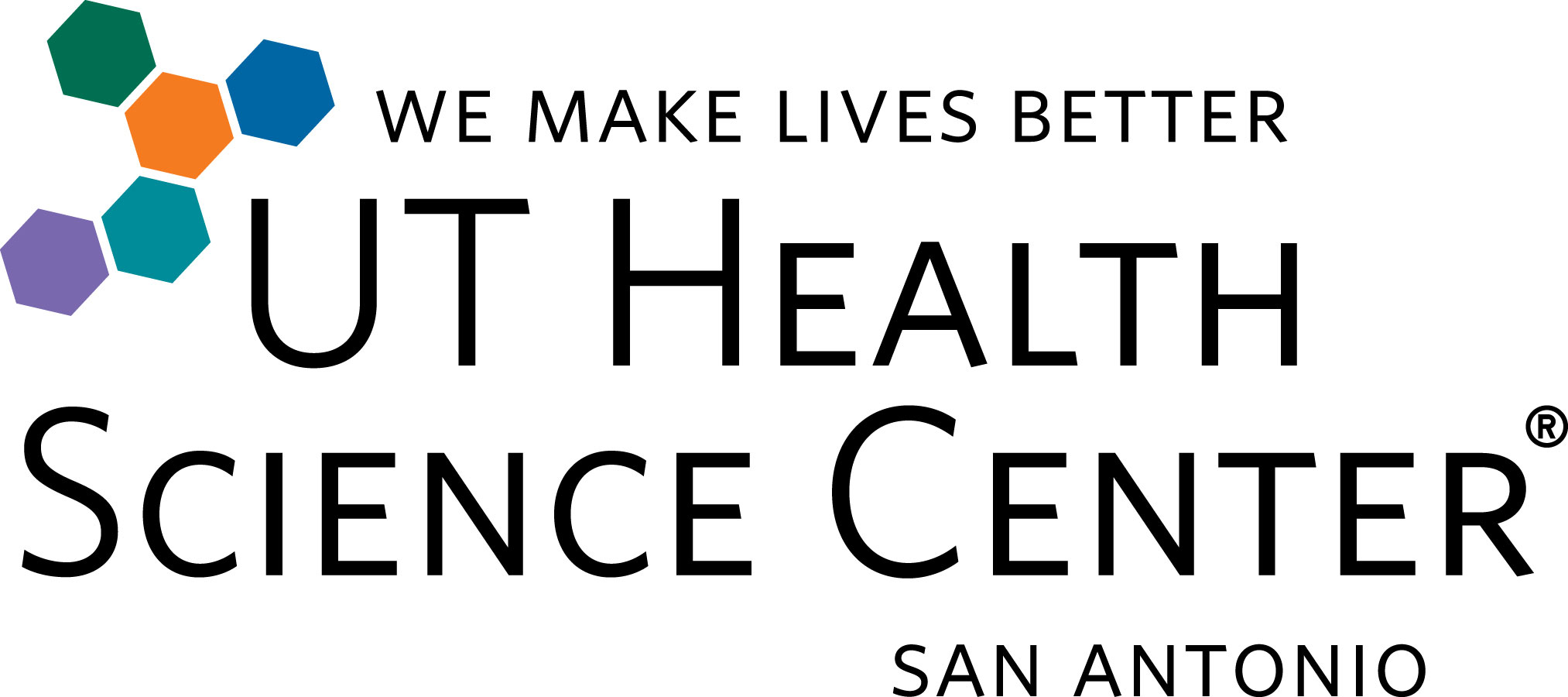Finasteride in Treating Patients With Stage II Prostate Cancer Who Are Undergoing Surgery
| Status: | Completed |
|---|---|
| Conditions: | Prostate Cancer, Cancer |
| Therapuetic Areas: | Oncology |
| Healthy: | No |
| Age Range: | 18 - Any |
| Updated: | 4/21/2016 |
| Start Date: | February 2007 |
| End Date: | April 2012 |
A Randomized Controlled Trial Evaluating the Tissue Effects of Preoperative Finasteride Versus Placebo for Patients With Clinically Organ-Confined Prostate Cancer
This randomized phase II trial studies how well finasteride works in treating patients with
stage II prostate cancer who are undergoing surgery. Testosterone can cause the growth of
prostate cancer cells. Hormone therapy using finasteride may fight prostate cancer by
lowering the amount of testosterone the body makes. Giving finasteride before surgery may
make the tumor smaller and reduce the amount of normal tissue that needs to be removed.
stage II prostate cancer who are undergoing surgery. Testosterone can cause the growth of
prostate cancer cells. Hormone therapy using finasteride may fight prostate cancer by
lowering the amount of testosterone the body makes. Giving finasteride before surgery may
make the tumor smaller and reduce the amount of normal tissue that needs to be removed.
PRIMARY OBJECTIVES:
I. Compare the frequency of discriminating molecular marker expression in Gleason grade (GG)
3 cores, adjusted for Gleason score (GS) at prostatectomy, in patients with stage II
prostate cancer treated with neoadjuvant finasteride vs placebo.
SECONDARY OBJECTIVES:
I. Compare the frequency with which grade 3 and grade 4 tumors occur in these patients.
II. Determine the frequency of discriminating molecular signature expression in tissue
microarray cores segregated by GS at prostatectomy in these patients.
III. Compare GG 3-appearing areas (in tumors rated GS 6 at prostatectomy) in patients
treated with finasteride vs placebo.
IV. Compare GG 3-appearing areas (in tumors rated GS 7 at prostatectomy) in patients treated
with finasteride vs placebo.
V. Compare GG 4-appearing areas (in tumors rated GS 7 at prostatectomy) in patients treated
with finasteride vs placebo.
OUTLINE: This is a randomized, double-blind, placebo-controlled, multicenter study.
Patients are stratified according to study site, Gleason score (6 vs 7), and type of
prostatectomy (open vs robotic/laparoscopic). Patients are randomized to 1 of 2 treatment
arms.
Arm I: Patients receive finasteride orally (PO) once daily (QD) for 4-6 weeks, and then
undergo prostatectomy.
Arm II: Patients receive placebo PO QD for 4-6 weeks, and then undergo prostatectomy.
Tumor tissue obtained at prostatectomy is used to make tissue microarrays and is analyzed by
immunohistochemistry for molecular marker expression studies.
After completion of study treatment, patients are followed up for 30 days.
I. Compare the frequency of discriminating molecular marker expression in Gleason grade (GG)
3 cores, adjusted for Gleason score (GS) at prostatectomy, in patients with stage II
prostate cancer treated with neoadjuvant finasteride vs placebo.
SECONDARY OBJECTIVES:
I. Compare the frequency with which grade 3 and grade 4 tumors occur in these patients.
II. Determine the frequency of discriminating molecular signature expression in tissue
microarray cores segregated by GS at prostatectomy in these patients.
III. Compare GG 3-appearing areas (in tumors rated GS 6 at prostatectomy) in patients
treated with finasteride vs placebo.
IV. Compare GG 3-appearing areas (in tumors rated GS 7 at prostatectomy) in patients treated
with finasteride vs placebo.
V. Compare GG 4-appearing areas (in tumors rated GS 7 at prostatectomy) in patients treated
with finasteride vs placebo.
OUTLINE: This is a randomized, double-blind, placebo-controlled, multicenter study.
Patients are stratified according to study site, Gleason score (6 vs 7), and type of
prostatectomy (open vs robotic/laparoscopic). Patients are randomized to 1 of 2 treatment
arms.
Arm I: Patients receive finasteride orally (PO) once daily (QD) for 4-6 weeks, and then
undergo prostatectomy.
Arm II: Patients receive placebo PO QD for 4-6 weeks, and then undergo prostatectomy.
Tumor tissue obtained at prostatectomy is used to make tissue microarrays and is analyzed by
immunohistochemistry for molecular marker expression studies.
After completion of study treatment, patients are followed up for 30 days.
Criteria:
- Histologically confirmed adenocarcinoma of the prostate
- Clinical stage T1c or T2 (stage II)
- Gleason score of 6 or 7 on initial biopsy
- Prostate-specific antigen (PSA) level less than 10 ng/mL within the past 3 months
- Candidate for and scheduled to undergo prostatectomy
- Eastern Cooperative Oncology Group (ECOG) performance status (PS) 0-2 OR Karnofsky PS
70-100%
- Fertile patients must use effective contraception
- No active malignancy at any other site
- No history of allergic reactions attributed to compounds of similar chemical or
biological composition to finasteride
- No uncontrolled intercurrent illness including, but not limited to, any of the
following: Ongoing or active infection; Symptomatic congestive heart failure;
Unstable angina pectoris; Cardiac arrhythmia
- No psychiatric illness or social situation that would preclude study compliance
- More than 6 months since prior hormonal agents, including dutasteride or finasteride
- More than 6 months since prior chemotherapy
- More than 1 month since prior participation in another investigational study
- No prior radiotherapy for the primary tumor
- No concurrent dehydroepiandrosterone, phytoestrogen supplements, antiandrogen
therapy, dutasteride, or other finasteride
- No concurrent anticoagulation, except for the use of daily acetylsalicylic acid (81
mg to 325 mg)
We found this trial at
8
sites
Cleveland Clinic Foundation The Cleveland Clinic (formally known as The Cleveland Clinic Foundation) is a...
Click here to add this to my saved trials
4502 Medical Drive
San Antonio, Texas 78284
San Antonio, Texas 78284
(210) 567-7000

University of Texas Health Science Center at San Antonio The University of Texas Health Science...
Click here to add this to my saved trials
Click here to add this to my saved trials
University of Texas Southwestern Medical Center UT Southwestern is an academic medical center, world-renowned for...
Click here to add this to my saved trials
Click here to add this to my saved trials
Click here to add this to my saved trials
Click here to add this to my saved trials
Click here to add this to my saved trials

